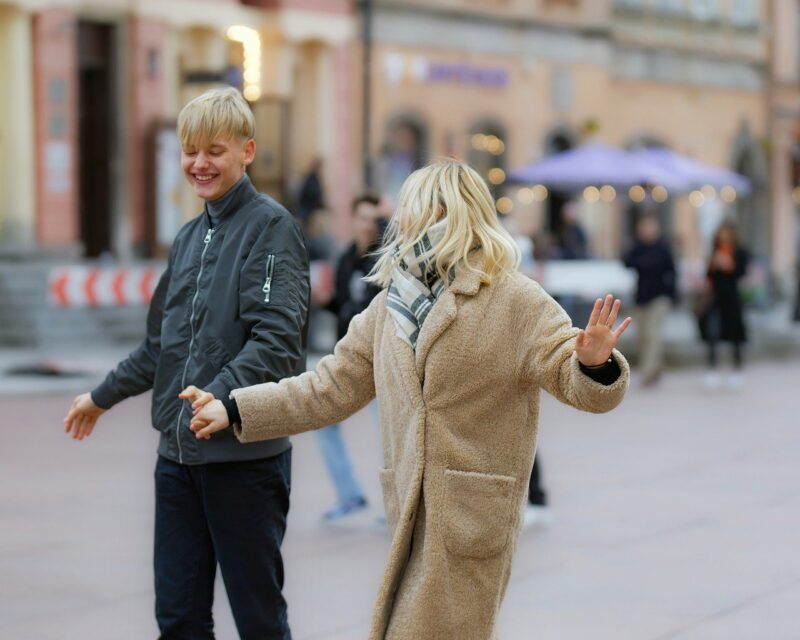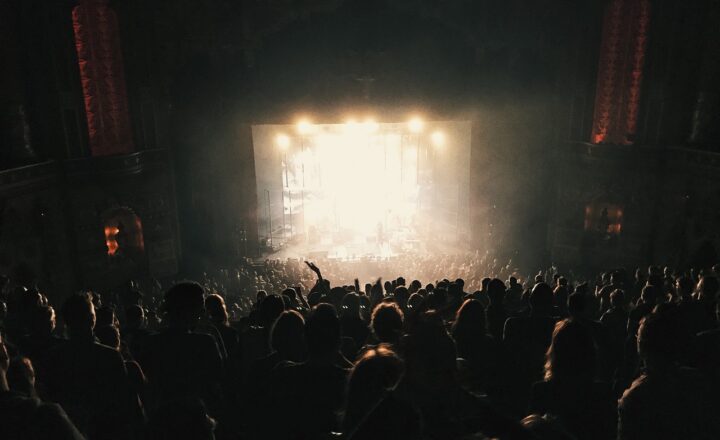The Evolution of Dance Trends: From Swing to TikTok Challenges
November 17, 2024

Dance has always been a significant form of expression, culture, and entertainment, serving as a mirror reflecting societal changes over the decades. From the exuberant swing of the 1940s to the viral TikTok challenges of today, each era has contributed uniquely to the dance landscape. In this article, we will explore the transformative journey of dance trends through the decades, drawing a vivid line connecting them to contemporary movements while delving into their cultural significance.
1. The Roaring Twenties: Birth of Jazz Dance
The 1920s heralded a time of prosperity and social revolution, heralding a new era of music and dance. The Jazz Age was not just about prohibition and speakeasies; it was about the birth of a new style that celebrated freedom and expression.
– **Dance styles** like the Charleston became emblematic of the era, characterized by energetic hops, kicks, and swaying movements that allowed dancers to showcase their personality and flair.
– As jazz music captivated American hearts, dance halls flourished, where couples spun and twirled to the lively rhythms, marking a significant departure from previous dance forms.
– Influential figures like Cab Calloway and Duke Ellington popularized these styles, paving the way for future dance movements.
2. The Swing Era: Dance that Defied Convention
As we moved into the 1930s and 1940s, the swing era took center stage, fueled by the big band sound.
– **Lindy Hop**, **Jitterbug**, and **East Coast Swing** captivated audiences and dancers alike, encouraging improvisation and athleticism which reflected the joyous spirit of the times, especially during challenging periods like the Great Depression.
– The iconic dance style was not just about the steps; it was about connection, energy, and the celebration of life.
– Live performances and competitions, like those held at the Savoy Ballroom in Harlem, illuminated the vibrant dance culture, with talented dancers like Frankie Manning leading the way.
3. The 1960s and 1970s: Revolution and Dance
The countercultural movements of the 1960s and 1970s ushered in an era of social change, and dance became a crucial aspect of this revolution.
– The **Twist** became a sensation, with figures like Chubby Checker making it a household name. This dance was easy, accessible, and embodied the freedom of expression during a time of protest and change.
– The introduction of television greatly influenced dance trends, with shows like **Soul Train** popularizing styles like **Disco** and **Funk**, making them accessible to a broader audience.
– Dance became synonymous with fashion and lifestyle, as music videos emerged in the 1980s, showcasing iconic moves that would resonate for decades.
4. The 1980s and Dance Pop: MTV and Iconic Moves
The rise of MTV revolutionized the music scene in the 1980s, bringing choreography to the forefront of popular culture.
– **Breakdancing** emerged, symbolizing youth culture and street art. Its roots in hip-hop culture made it a powerful medium for expression and competition.
– Artists like Michael Jackson and Madonna pushed boundaries, with signature moves—the moonwalk and the vogue—becoming cultural milestones.
– The blend of pop music and dance laid the groundwork for future trends, establishing dance as vital to music marketing and artist promotion.
5. Hip-Hop and Street Dance Culture: The 1990s to Early 2000s
As we transitioned into the 1990s, the hip-hop movement continued to evolve and dominate, informing various dance styles.
– **Popping, Locking, and Krumping** became expressions of urban culture, emphasizing improvisation and individuality.
– Dance crews emerged, competing in freestyle battles and gaining recognition through platforms like television competitions and movies like **You Got Served**.
– This era solidified dance as not only an art form but also a critical component of identity in urban culture.
6. The Digital Age: TikTok and Viral Dance Challenges
Fast forward to the 21st century, and dance has taken on a new dimension with the advent of social media platforms like TikTok.
– Short, catchy dances like the **Woah**, **Renegade**, and **Savage Love Challenge** transformed how dance is created and shared, making it more accessible than ever.
– TikTok has given rise to countless influencers and dancers, allowing users to connect through shared moves and challenges in a way that transcends geographical boundaries.
– The impact of global dance trends has led to the fusion of styles, creating a melting pot of cultural influences often seen in today’s choreography.
7. The Cultural Significance of Dance Trends
Dance is not just a form of entertainment; it speaks to cultural identities, social movements, and technological advancements. It serves as an important communicative tool that influences and is influenced by society.
– Each trend reflects contextual changes—whether it’s a reaction to societal pressures, a celebration of diversity, or the innovation spurred by technology.
– Dance trends often bring awareness to various social issues, acting as vehicles for cultural expression and unity.
**Conclusion:**
The evolution of dance trends highlights a rich tapestry of cultural history and human expression. From the vibrant jazz songs of the 1920s to the rapid-fire challenges of TikTok today, dance will continue to evolve and adapt, reflecting our ever-changing societal landscape. As we step forward, it remains to be seen what the next wave of dance will bring.
With each twist and turn, dance evolves, ensuring that it will remain a cherished form of expression in the fabric of our lives.






